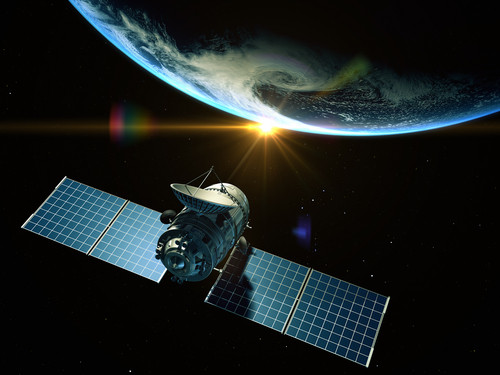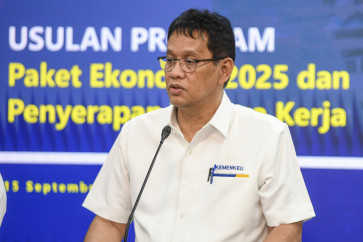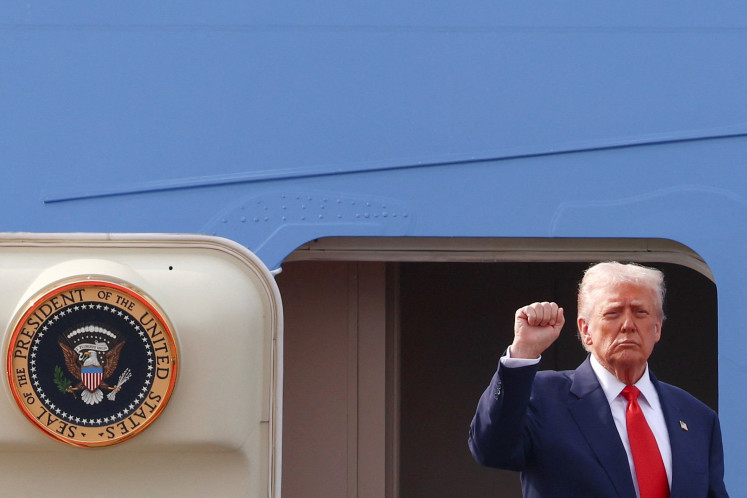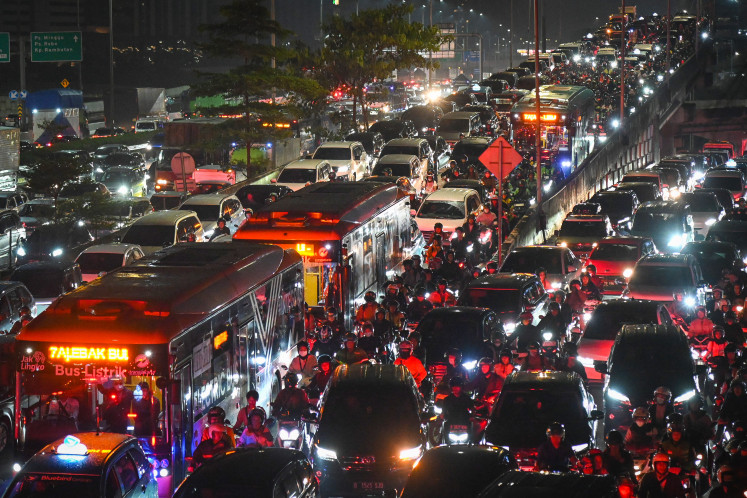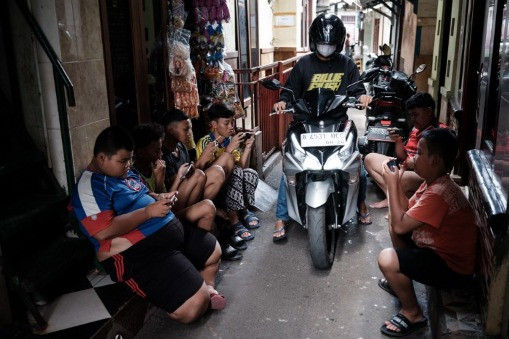Popular Reads
Top Results
Can't find what you're looking for?
View all search resultsPopular Reads
Top Results
Can't find what you're looking for?
View all search resultsLow earth orbit satellites: Connecting the unconnected
Satellite networks only carry a fraction of the data traffic that powers the internet, and still rely on terrestrial infrastructure to deliver internet-based services to end users.
Change text size
Gift Premium Articles
to Anyone
A
s the world transitions to a new normal that is increasingly dependent on connectivity and digital services, the need to bridge the digital divide has become ever more crucial.
While the internet penetration rate in Asia has doubled over the past decade, approximately 1.8 billion people across the region still do not have access to the internet.
Needless to say, this can have far reaching implications as connectivity is central to sustainable development and growth today. Besides bringing increased growth, productivity and value-added employment creation, having access to the internet can also help to accelerate financial inclusion and support quality education.
Governments across the region have taken active steps to increase access to connectivity and launched broad-scale digital transformation strategies. For example, in Malaysia, the Jalinan Digital Negara (Jendela) initiative was introduced in 2020 with the goal of providing internet access to every corner of the country. Similarly, the Indonesian government announced plans to extend the geographic coverage of 4G services nationwide by the end of 2022.
Cloud connectivity has been typically delivered via a combination of terrestrial wireline access and cell towers, feeding traffic into local, regional, nationwide, and global fiber networks.
While fiber technologies are still the industry standard for fast broadband and latency, the rollout of fiber-optic network infrastructure is not always logistically feasible for emerging economies in Asia that face time and cost constraints.
Alternatives, like geostationary Equatorial Orbit (GEO) and Medium Earth Orbit (MEO) satellites, incur high latency and modest speed due to their distance from the Earth’s surface.
Clearly, creating a pathway to high-speed internet is not as straightforward as it seems. Countries looking to expand network connectivity and provide internet access in rural areas need a solution that is both economically viable and easy to set up.
This is where Low Earth Orbit (LEO) satellites come in. Compared to “traditional” GEO and MEO satellites, LEO satellites operate much closer to the Earth’s surface, which enables them to provide high-speed, low-latency services.
Additionally, they are typically less expensive to manufacture and launch, although you need many more of them, making them ideal to provide high-speed internet to rural and remote locations. Next generation satellite networks that leverage software-centric automation are also becoming more cost-effective and operationally efficient, further revolutionizing efforts to democratize internet access in rural areas.
In recent years, we’ve seen a steady stream of satellite constellation announcements from multiple network operators such as Telesat’s Lightspeed, SpaceX’s Starlink, and Amazon’s Project Kuiper. The hype is not lost on governments in this region either- plans to improve connectivity in underserved areas using satellite technologies are already in place in the Philippines.
It is important to remember that satellite networks only carry a fraction of the data traffic that powers the internet, and still rely on terrestrial infrastructure to deliver internet-based services to end users.
There is a lot more to consider with LEO satellite networks than simply launching as many satellites into space as possible. LEO satellite networks must seamlessly integrate with existing terrestrial networks and data centers to provide high-performance connectivity and cloud-based services to underserved end users, humans and machines.
As such, investments in terrestrial wireline infrastructure between satellite ground stations, to other communications service providers, and data centers hosting accessed content, are still essential for always on connectivity and cloud-based services. It’s a tricky balancing act to manage cost without compromising on network performance.
There is no one size fits all approach to bridging the digital divide but one thing is for sure - the growing activity with LEO satellites is set to be a potential game-changer to accelerate these developments even further.
***
The writer is senior director, solutions marketing at Ciena.

